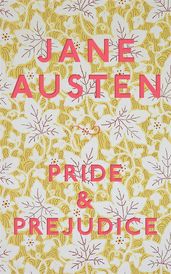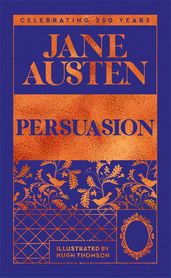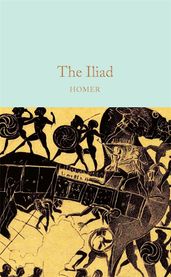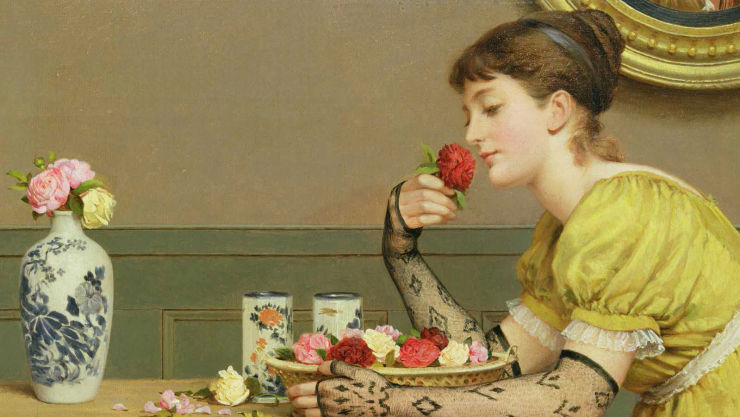The details in classics you might have missed
Most authors will assume a certain amount of contemporary knowledge amongst their readership when writing. What might we miss out on in classic books as modern readers without it?

Authors working now can mention lockdowns and face masks without laying out all the details of the Covid-19 pandemic, and expect most readers to know what they're referring to. Similarly, books from previous eras are full of references and allusions to contemporary events and culture that readers at the time would have implicitly understood but that we, reading now, may not fully appreciate, or even notice. Here, we take a look at three elements of classic texts you may have missed.
Technology in Dracula
‘Alexa, order me a stake for next day delivery,’ I shouted, crossing my fingers that ChatGPT was right about the best way to kill the undead. Opening Google Maps on my iPhone, I grabbed my electric scooter and made for the door, leaving Mina a voice note as I went.
Bram Stoker’s Dracula is so stuffed full of up-to-the-minute Victorian technology that for the nineteenth-century reader, it may have come across a bit like the above (although better, obviously: it is classic, after all). There are typewriters, phonographs, telegraphs, trains, blood transfusions, Kodak cameras, all put to work in the battle against Dracula and all of which were incredibly new when the book was written at the turn of the century (it was published in 1897). By highlighting the cutting-edge technology of his time, Stoker presents a society on the edge of the modern era battling against a medieval evil. This intrusion of the past into the present was a common theme of Gothic novels, but this element of Dracula could be much less evident to a modern reader unaware of quite how much new technology is being deployed in the work.
Dracula
by Bram Stoker
“It is strange that as yet I have not seen the count eat or drink. He must be a very peculiar man!”
If you haven’t read this hugely entertaining and terrifying book, a high-stakes adventure awaits. Follow brave Jonathan and Mina Harker across Transylvania and deep into Count Dracula’s castle. Through letters, journals and vampire-hunting expeditions, Bram Stoker’s story reveals the beating heart of humanity pitted against the very worst of devils.
War in Jane Austen
That England was at war for most of the years Jane Austen was writing wouldn’t necessarily come as a surprise to a twenty-first century reader of her books. Fanny Price’s brother is training for the Royal Navy in Mansfield Park; a regiment of the militia is stationed in Meryton in Pride and Prejudice, delivering us Mr Wickham; and in Persuasion, Captain Wentworth has been fighting with the Navy for eight years.
However, you could be forgiven for not spending a great deal, or indeed any, time while reading Pride and Prejudice thinking about what all these soldiers were actually doing, other than providing an influx of young men to the Bennets' nearest town.
Austen never explicitly tells us about the politics behind their arrival. Contemporary readers, however, would have recognised the increasing presence of infantry and militiamen – civilian volunteers, closest to the Territorial Army today – in the south of England as preparation for a possible French invasion. France had declared war on Great Britain in 1793, one of the many conflicts that span out from the French Revolution. Knowing this helps place the events in the novel in time, and also offers some insights into the disruption caused by the sudden arrival of the militia amongst the general population.
More affecting, though, is the impact contemporary knowledge has on the ending of Persuasion, published in 1818. In this novel too, there are details Austen has no need to explain – how Captain Wentworth came to make his fortune while at sea, for example – as her readers would have already understood (it was through prize money for capturing enemy ships). They would also have recognised that Wentworth's return, in 1814, and his – half agony, half hope – reunion with Anne Elliot, was not, as was believed at the time, the end of the Napoleonic Wars. Napoleon would later escape from exile, and the Battle of Waterloo was still to come, in 1815. Contemporary readers would have known that Wentworth may yet be called away again, that the happy ending was still at risk, a dramatic irony likely not shared by most modern readers, less aware of the precise timing of events.
Pride and Prejudice
by Jane Austen
A tour de force of wit and sparkling dialogue, with characters and themes that still resonate today. Both a romance full of gowns and balls, and an incisive nineteenth-century satire, this is a novel that will pull on both your heart and your brain. Pride and Prejudice shows how the headstrong Elizabeth Bennet and the aristocratic Mr Darcy must have their pride humbled and their prejudices dissolved before they can acknowledge their love for each other.
Persuasion
by Jane Austen
Anne Elliott is twenty-seven and single – and by Regency England standards, that’s old. But Anne was once in love and engaged to Frederick Wentworth. Persuaded by her friend Lady Russell that he was too poor and not a good match, Anne broke off the engagement. When they meet again eight years later, their circumstances have changed: he’s now a triumphant war hero and she’s fallen on hard times. Can they find love again?
The significance of the catalogue of ships in The Iliad
The long list of ships travelling from Greece to Troy and the people on them is not, it could be argued, a particularly thrilling element of the ancient epic. You could be forgiven for having forgotten all about it, or indeed, a few ships in, deciding just to skim it (with apologies to classicists and rhapsodes everywhere).
There is a lot of debate about the significance of this section and whether the versions we have now are as were originally intended (or even in there at all). One school of thought is that as The Iliad would originally have been performed rather than read, this huge list of names was included partly to flatter the listeners. The performer would include the family names of those in the audience, and the towns or cities they lived in, suggesting that their ancestors, their home towns, were part of the great Greek army, victorious at Troy.
Or perhaps the passage was included as a demonstration of virtuosity and memory on the part of the performer. Or was a way of immortalizing the warriors, even those that don't go on to feature again in the narrative.
Whatever the actual reason for its inclusion, those hearing the poem when it was originally performed would have understood something from this long list of names that we, reading alone rather than listening with others, don't fully appreciate today.
You shouldn't and don't need a literature or history degree to appreciate classic literature. But if you have the time and inclination to revisit elements you may not have given your full attention on first reading, the results can be fascinating.
The Iliad
by Homer
The Iliad has inspired writers, artists and classical composers through the ages with its story of the Trojan War. Paris, a Trojan Prince, wins Helen as a prize for judging a beauty contest between the goddesses, and abducts her from her Greek husband Menelaos. The Greeks, enraged, sail to Troy. And so begins a ten year siege.






